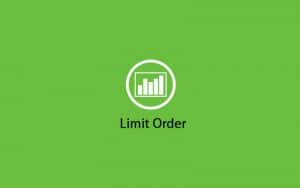Despite the wish that an economy will always grow at a sustainable rate, it is not always the case. The reality is that the growth rate of economies can vary. This may lead to a recession or high inflation. An option available to the government and central bank to adjust the economy back into the desired growth rate is monetary policy.
Definition
Monetary policy is a demand-side macroeconomic policy that a country’s central bank or government uses to regulate the economy. There are four tools available to change a currency’s liquidity.
The government will use monetary policy in two different situations: in a period of recession or when the rate of inflation is high. In a recession, an expansionary policy will be employed by an increase in the money supply. The opposite is a contractionary policy which is utilised when inflation is high.
Monetary policy theory
In a bullish market, people are more willing to spend and invest because of increased consumer confidence. By increasing the money supply, consumers will have more money to spend and firms more money to invest. This will contribute to increasing aggregate demand, which also increases GDP, although the trade-off is increased inflation.
The opposite is true for a bearish market.
Tools of monetary policy
Reserve ratio
A reserve ratio is a law that dictates the minimum amount of money a commercial bank must have in reserves at any time. If the reserve ratio is high, the government is employing contractionary monetary policy because it leaves less money accessible by the public. When the government and the central bank want to stimulate the economy, the reserve ratio will be decreased.
Discount rate
At the end of a trading day, if a commercial bank does not meet the reserve ratio, it will have to borrow from other banks or the central bank. This loan will be accompanied by interest rates. In a recession, the central bank and government will encourage commercial banks to loan out as much money as possible to increase the money supply. Therefore, discount rates will decrease the risk if commercial banks happen to over-lend.
Open market operations
Open market operations happen when central banks buy and sell securities to adjust the money supply. Central banks buy securities with reserved currencies. Commercial banks will use these to lend out to consumers, hence increasing liquidity. Conversely, they can sell securities to restrict the amount of money available to lend out.
Interest rates on excess reserves
This is a regulation issued in response to the 2008 financial crisis, where the central bank pays a certain interest for the excess reserves. Essentially, banks will be paid for money they do not lend. If the central banks want to increase the incentive to spend more as part of an expansionary policy, they will reduce the interest paid for excess reserves.
Conclusion
Monetary policy helps the government and central bank to regulate the economy. There are four tools to achieve the desired effects: reserve ratio, discount rate, open market operations, and interest rates on excess reserves. A thorough understanding of monetary policies can assist you in predicting the change in interest rates hence, forming a suitable plan for your portfolio.



